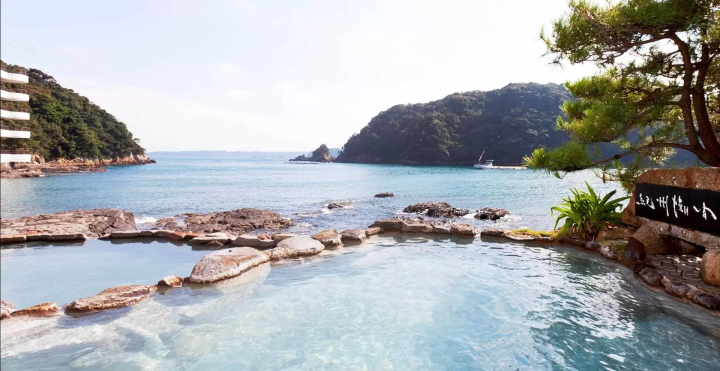16 Japanese Words You Should Learn For Your Trip To Japan

Kanji, the Sino-Japanese characters, can be very confusing for tourists. Here we've compiled a list of 16 words you should learn to recognize in order to make your journey go more smoothly.
Kanji, or Japanese characters, are a source of anxiety for people coming to Japan, among others. This article will teach you 16 of the most commonly-seen Japanese words written in kanji, so you can have a more enjoyable trip!
Food-Related Kanji
1. 注文
Reading: Chuumon

This word means “to order food”, and is often seen in chain restaurants, on their order tickets and touch panels. When you want to order, you can ask “Chuumon ii desu ka?”
2. 薬味
Reading: Yakumi

This word refers to the condiments often placed on tables at ramen or set menu restaurants, such as vegetables and dried seaweed, among other items. Not just for bringing out flavor, they also serve to elevate the fragrance and flavor profile of food. Common condiments include onions, chervil, dried ginger, Japanese ginger, wasabi, garlic, perilla leaves and grated radish.
For more details, check out Japanese Encyclopedia: Yakumi ("Condiments").
3. 替玉
Reading: Kaedama

This word refers to an extra order of noodles, no extra soup or toppings. You can order kaedama from the order vending machine, or at the counter. This is not an additional 玉子 (egg)!
4. 仕度中
Reading: Shitakuchuu

This is often posted at the front of Japanese restaurants. It means “currently doing prep”, and that the restaurant is not yet open for customers.
Shopping-Related Kanji
5. 徳用
Reading: tokuyou

This means “value”, and shows that an item is not only cheap but also contains a lot of content, or is of high quality. If you like buying in bulk, pay attention to this word when shopping!
6. 手数料
Reading: tesuuryou

Often seen on online shopping sights, this means “handling charges”. When you buy something, check to see if tax is included in the price, and if there are additional handling charges!
7. 完売
Reading: kanbai

The sight of this kanji, which means “sold out”, is disappointing. Its opposite is 在庫あり (“zaiko ari”, meaning “in stock”).
8. 格安
Reading: Kakuyasu

This means “reduced price.” If you see 激安 (“gekiyasu”), the price has been reduced even further.
9. 両替
Reading: Ryougae

This means “money exchange.” Few commercial complexes in Japan have money exchange services. If you see this at an airport, you can change your yen into foreign currency there.
10. 免税
Reading: Menzei

From: A Place To Buy Clothes And Appliances?! The Charm of Bicqlo
This word means "duty-free" and refers to the tax exemption service that can be used by visitors to Japan. It's your chance to buy Japanese items at a price that is 8% lower than usul, so do look out for this word!


































![[JR KYUSHU HOTEL Blossom Oita] A hotel directly connected to Oita Station - A comprehensive guide to access!](https://resources.matcha-jp.com/resize/720x2000/2025/10/23-247814.webp)

![Deep dive into Japanese brands! A tour of famous leather shoe stores with GENSEI & Nin [Harta Edition]](https://resources.matcha-jp.com/resize/720x2000/2025/12/18-253277.webp)
